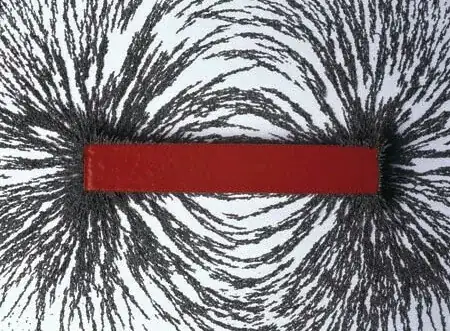This dates back to Faraday. He was a brilliant experimenter, and he discovered a whole lot about electromagnetic stuff. But he didn't do math, and his explanations for what he found were not in mathematical form.
Some other physicists of the time didn't like him, and they didn't like his explanations, and they tried to say he was wrong. Except his explanations were easy to understand, and they did seem to fit the reality.
When you spread iron filings they tend to line up in long lines, for complicated reasons. Each filing turns into a little magnet which affects the field, so instead of just sitting in random positions and turning with the field, they move into line. You get little stringy strong fields and weaker fields in between. When the filings aren't there, the magnetic field is smooth and continual, and it doesn't have individual strong lines in it.
So they wanted to say he was wrong. People who imagine individual lines instead of imagining a smooth field are doing it wrong.
That argument kind of got fossilized. Educators still point out that the lines of force aren't real, because they know that's what they're supposed to say even though nobody really cares about discrediting Faraday any more.
Incidentally, if you draw a picture of a magnetic field with vectors, the vectors are also imaginary. There are no actual arrows, there's only a continuous bunch of points and at each of them the field has a strength and a direction.
Do you care?
